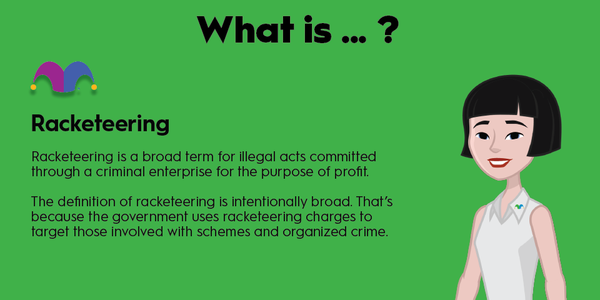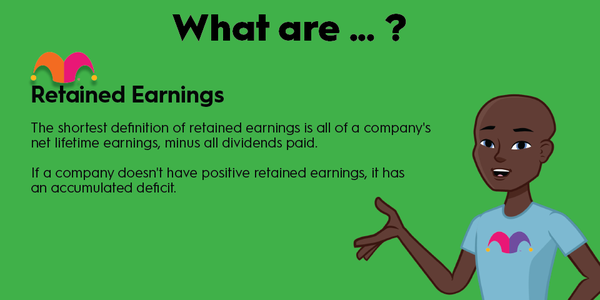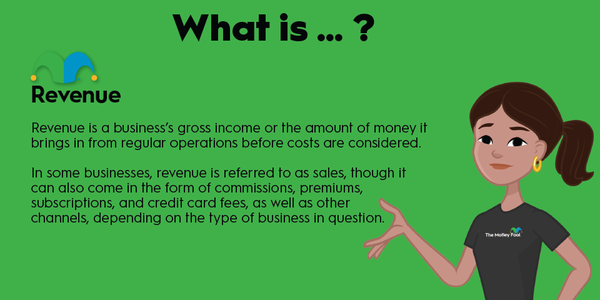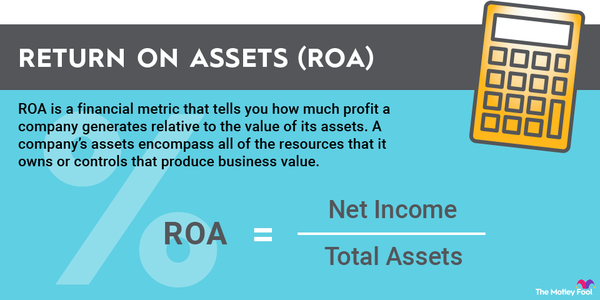A request for proposal, or RFP, is a business document that solicits bids from prospective vendors. A solid RFP provides all the information vendors need to bid for the project, including the scope, timeline, vendor requirements, and submission steps.
Let's examine the purpose of RFPs and how to find and respond to them. We'll also review a sample RFP from the Monterey County Convention & Visitors Bureau.

Purpose of RFPs
Purpose
RFPs enable and define a standardized, streamlined, and transparent vendor selection process. By documenting the project and requirements, RFPs ensure all bidding vendors have access to the same information when compiling their bids.
Bid comparability is an essential advantage of the RFP process. Because RFPs define how vendors should respond, the resulting bids can usually be evaluated and compared side-by-side. The requesting company can easily include formatting instructions to ensure that bids highlight the most important selection criteria, such as pricing and vendor experience.
In addition, RFPs create a competitive dynamic that can unlock attractive financial terms for the requesting company. Prospective vendors know their bids will be compared to competitors', which is an incentive to be as aggressive as possible on pricing.
Content of RFPs
Content
Information that RFPs can provide to solicit bids from qualified vendors includes:
- The name of the requesting company and an overview of the business.
- Project purpose and goals.
- Project budget.
- Scope of work and desired timeline.
- Vendor selection criteria.
- Vendor requirements, such as the use of specified materials or applications.
- Questions for the vendor to answer within the bid.
- Steps of the submission process.
The most effective RFPs contain all details necessary for the vendor to understand the project well enough to propose pricing. The inclusion of selection criteria and process details additionally allows vendors to evaluate how likely they are to be chosen for further consideration. This is a key factor in whether the vendor devotes the resources necessary to prepare and submit an RFP response.
Finding and responding to RFPs
Finding and responding to RFPs
Companies looking to secure new business via the RFP process can find opportunities in online databases and business-oriented social media platforms such as LinkedIn. The federal government and many state governments maintain online RFP databases that are publicly accessible. There are also RFP database aggregators that consolidate government and corporate RFPs into one location. These services typically charge a subscription fee for access.
Search engine queries can also surface RFP opportunities.
Responding to RFPs is a time-intensive effort. Best practices to increase the chances of winning business include:
- Research the requesting company: Additional research can provide context and factors not specifically communicated in the RFP.
- Clarify details and state assumptions made: Some RFPs will allow for questions before submitting a final bid. Vendors should take advantage of any opportunity to clarify project details. If assumptions must be made to provide pricing information, the RFP response should define those assumptions.
- Follow instructions: RFPs normally specify how vendors should respond. Those specifications may include formatting instructions, content to include, and/or method of delivery. Only bids that follow instructions to the letter are likely to be considered.
- Use clear, concise language: A concise RFP response that provides the necessary information shows respect for the requestor's time.
Related investing topics
Sample RFP: Monterey County Convention & Visitors Bureau
Sample RFP
The Monterey County Convention & Visitors Bureau (MCCVB) developed this 14-page RFP to secure pitches from advertising agencies for branding and media buying services. The proposal begins with a direct and concise description of the program goals: to drive overnight stays in the county and to position the county as a top destination for tourists.
The document walks through the MCCVB's role and the highlights of the local tourism economy. It also describes the county's current branding and the target audiences for tourism marketing.
That contextual information is followed by a scope of work, detailed listing of agency selection criteria, and an overview of how the vendor's success will be measured. The RFP also outlines the MCCVB's budget and proposed agreement term. The document closes with instructions on what to include in RFP responses and how to submit those responses.










































